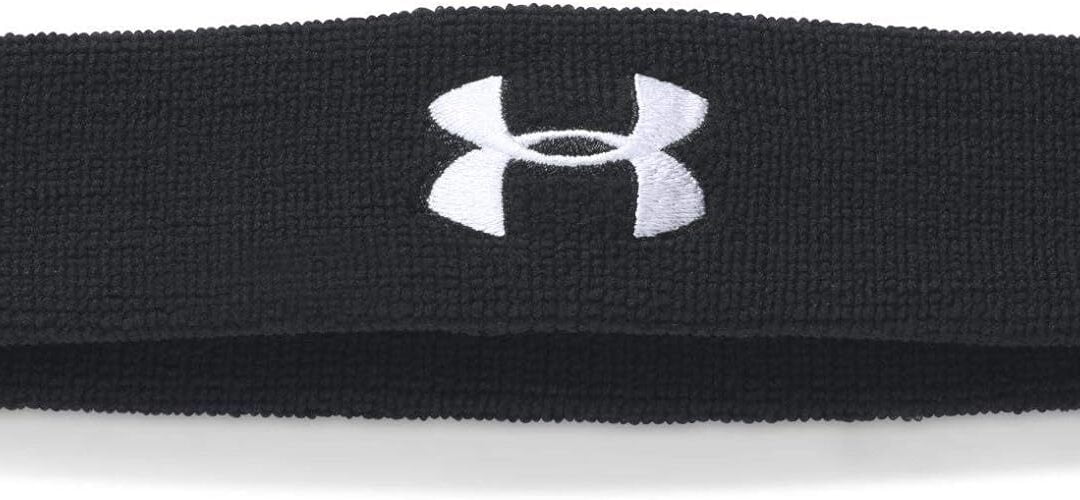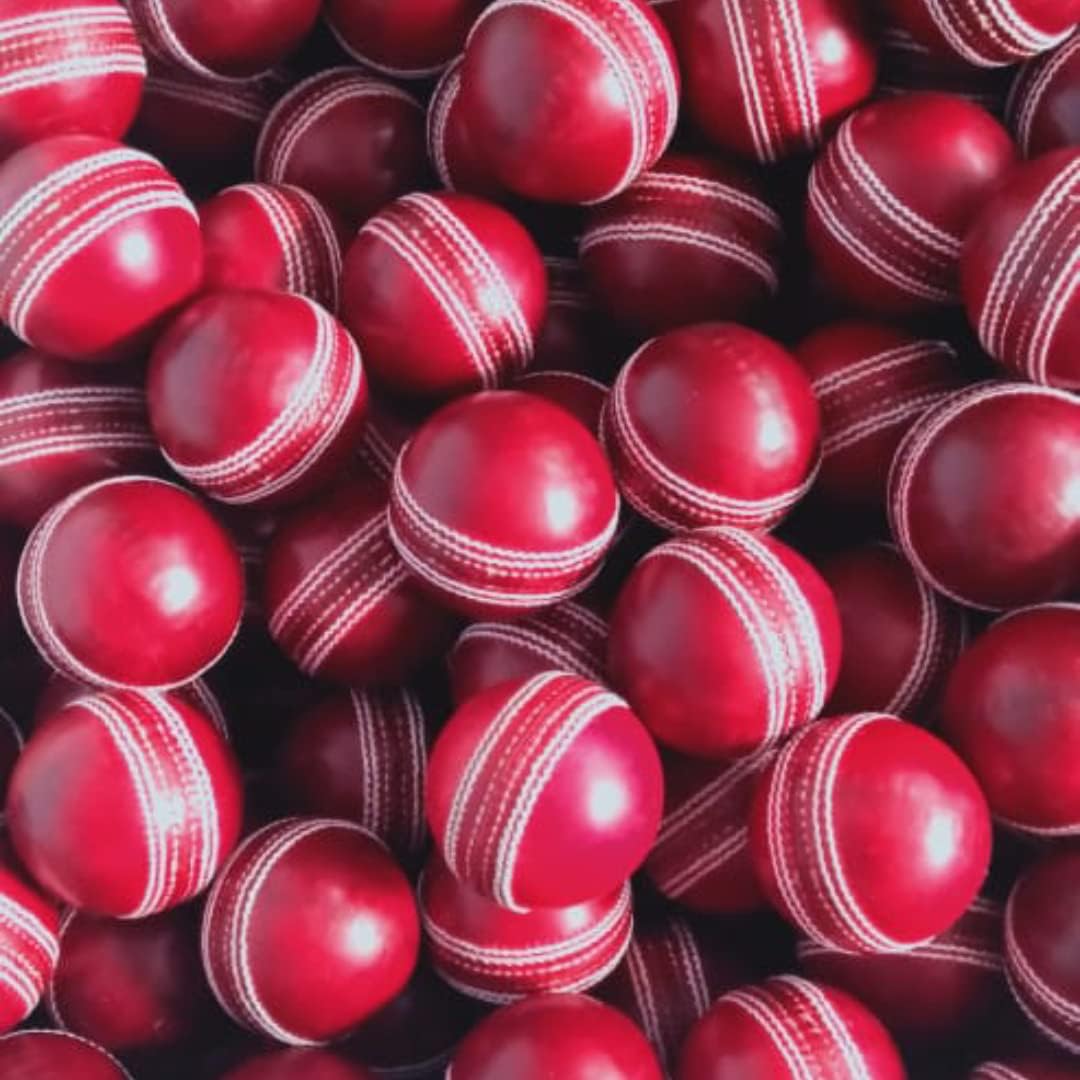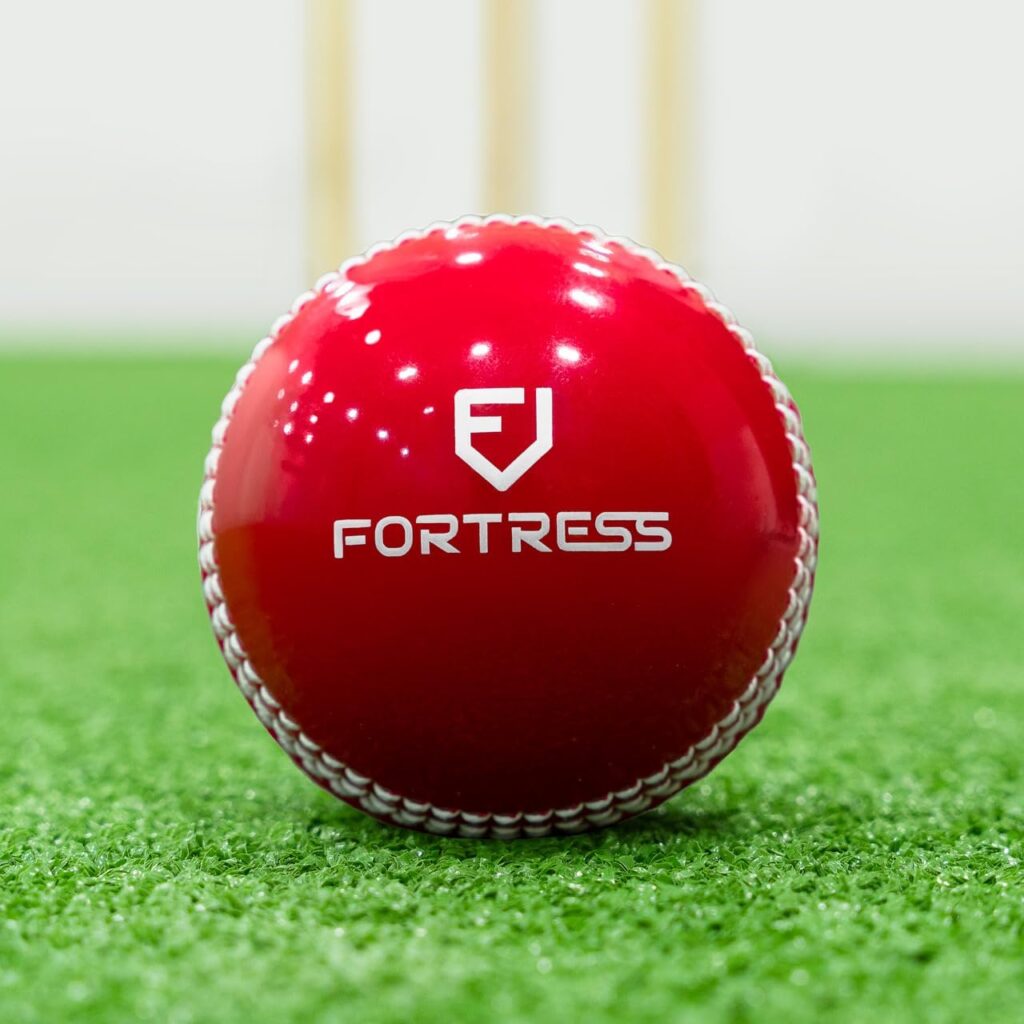Discover the benefits of sweatbands for your fitness routine. Enhance your performance and stay comfortable with these stylish and functional accessories.


Welcome to our comprehensive guide on cricket balls! In this article, we will explore everything you need to know about cricket balls, including their construction, materials, types, and how they impact the game. Whether you are a cricket enthusiast or just curious about the sport, this guide will provide you with all the information you need to understand the importance of the cricket ball in the game of cricket.
The cricket ball is an essential component of the game of cricket. It is a hard, solid ball used by the bowler to deliver the ball towards the batsman. The cricket ball plays a crucial role in determining the outcome of a match, as it can swing, seam, or spin in different directions, making it challenging for the batsman to score runs.
A cricket ball is made up of several layers that contribute to its unique characteristics. Let’s take a closer look at the construction of a cricket ball:
The core of a cricket ball is typically made of cork, which provides the ball with its weight and bounce. The cork core is tightly wound with layers of string to maintain its shape and durability.
The outer shell of a cricket ball is made of high-quality leather. The leather is stitched together in a specific pattern to form the outer cover of the ball. The stitching plays a crucial role in determining the ball’s swing and seam movement.
In international cricket, red balls are used in test matches, while white balls are used in limited-overs formats such as One Day Internationals (ODIs) and Twenty20 (T20) matches. The red ball is easier to spot and offers more swing, while the white ball is designed to be more visible under floodlights.

There are different types of cricket balls used in various formats of the game. Let’s explore the different types:
The red ball is used in test matches, which are played over five days. The red ball is made of high-quality leather and provides more swing and seam movement compared to other types of cricket balls. The red ball is preferred in longer formats of the game as it offers a fair balance between bowlers and batsmen.
The white ball is used in limited-overs formats such as ODIs and T20 matches. The white ball is designed to be more visible under floodlights and offers less swing and seam movement compared to the red ball. The white ball is used to ensure better visibility for both players and spectators in day-night matches.
The pink ball is a relatively new addition to the game of cricket. It is used in day-night test matches, where the game is played under floodlights. The pink ball is designed to provide better visibility under artificial lights. It offers similar characteristics to the red ball but with enhanced visibility.
An indoor cricket ball is specifically designed for indoor cricket matches. It is made of softer materials and has a lighter weight to minimize the risk of injury to players and damage to indoor surfaces.

The materials used in cricket balls play a significant role in their performance and durability. Let’s take a look at the materials commonly used in cricket balls:
Cork is the primary material used in the core of a cricket ball. It provides the ball with its weight and bounce. Cork is a lightweight material that offers the right balance between hardness and flexibility.
High-quality leather is used to construct the outer shell of a cricket ball. The leather is carefully selected for its durability, grip, and ability to hold the stitching. The quality of the leather directly affects the performance and lifespan of the ball.
Thread is used to stitch the leather panels together, forming the outer cover of the cricket ball. The stitching pattern and quality of the thread are essential in determining the ball’s swing and seam movement.
In some cases, synthetic materials such as polyurethane or PVC may be used in the construction of cricket balls. These materials are often used in practice or training balls, as they are more cost-effective and durable.
The cricket ball has a significant impact on the game of cricket. It can swing, seam, or spin in different directions, making it challenging for the batsman to score runs. Let’s explore the different ways in which the cricket ball impacts the game:
Swing is the lateral movement of the cricket ball through the air. It occurs due to the combination of the ball’s seam position, the bowler’s action, and atmospheric conditions. Swing can be both conventional and reverse, depending on the condition of the ball and the bowler’s skill.
Seam movement refers to the deviation of the cricket ball off the pitch. It occurs when the ball lands on the seam and deviates unpredictably. Seam movement can make it challenging for the batsman to judge the line and length of the delivery.
Spin is the rotation of the cricket ball after it hits the pitch. Spin can be generated by finger spinners or wrist spinners, depending on the bowler’s technique. Spin bowling adds an extra dimension to the game, as it requires the batsman to adjust their technique and footwork.
The durability of a cricket ball is crucial, as it affects the ball’s performance and lifespan. A well-maintained ball can maintain its shape and characteristics for a more extended period, while a worn-out ball may lose its swing, seam, or spin.

To ensure the longevity and performance of cricket balls, proper maintenance and care are essential. Here are some tips to help you maintain and care for your cricket balls:
After a match or practice session, it is crucial to dry the cricket balls thoroughly. Moisture can affect the ball’s shape and characteristics. Store the balls in a dry place, away from direct sunlight, to prevent them from becoming waterlogged.
Polishing the cricket balls can help maintain their shine and smoothness. Use a cricket ball polish or a soft cloth to gently rub the surface of the ball. Polishing can also help improve swing and seam movement.
Store the cricket balls in a cool, dry place when not in use. Avoid exposing them to extreme temperatures, as it can affect the ball’s shape and performance. Use a ball box or bag to protect the balls from dust and damage.
Cricket balls have a limited lifespan due to wear and tear. Regularly inspect the balls for any signs of damage, such as cracks or loose stitching. Replace worn-out balls to ensure a fair and safe game.
Over the years, cricket balls have undergone several changes and improvements. Let’s take a look at the evolution of cricket balls:
In the early days of cricket, the balls were made of hand-stitched leather filled with cork shavings or rags. These balls were relatively soft and did not offer much bounce or durability. The lack of standardized construction and materials meant that each ball had its unique characteristics, making it challenging for players to adapt.
In the late 18th century, the cork core was introduced to cricket balls. The cork core provided the ball with its weight and bounce, making it more consistent and predictable. The cork core was tightly wound with layers of string to maintain its shape and durability. This innovation marked a significant improvement in the quality and performance of cricket balls.
In the early 19th century, cricket balls started being made with a red outer cover. The red color made the ball more visible against the green backdrop of the cricket field. The red ball also offered better swing and seam movement compared to the white ball, making the game more challenging for batsmen.
In the mid-19th century, the size and weight of cricket balls were standardized. The regulations specified that a cricket ball should have a circumference between 22.4 and 22.9 centimeters and weigh between 155.9 and 163 grams. This standardization ensured a fair and consistent playing experience for all players.
In the 20th century, limited-overs cricket formats such as ODIs and T20 matches became popular. To ensure better visibility under floodlights, the white ball was introduced. The white ball was made of the same materials as the red ball but had a different color. The white ball offered less swing and seam movement compared to the red ball.
In recent years, pink balls have been introduced for day-night test matches. The pink ball is designed to provide better visibility under artificial lights. It offers similar characteristics to the red ball but with enhanced visibility. The pink ball has gained popularity, particularly in countries where day-night test matches are played.

Throughout the history of cricket, there have been several famous incidents involving cricket balls. Let’s take a look at some of these notable incidents:
The Bodyline series, played between England and Australia in 1932-33, is one of the most controversial incidents in cricket history. The English bowlers, led by Harold Larwood, used a tactic called “bodyline” to target the Australian batsmen. The tactic involved bowling at the body of the batsmen with a packed leg-side field. This aggressive bowling strategy led to heated exchanges between the players and strained diplomatic relations between the two countries.
In a One Day International match between Australia and New Zealand in 1981, the Australian captain Greg Chappell instructed his brother Trevor Chappell to bowl the final delivery of the match underarm. The underarm delivery was a controversial tactic aimed at preventing the batsman from hitting a six and tying the match. The incident sparked outrage and led to changes in the rules of the game, prohibiting underarm bowling in limited-overs cricket.
In 2018, the Australian cricket team was involved in a ball-tampering scandal during a test match against South Africa. It was revealed that the Australian players had attempted to alter the condition of the ball using sandpaper to gain an unfair advantage. The incident received widespread condemnation and resulted in lengthy suspensions for the players involved. The scandal highlighted the importance of fair play and sportsmanship in the game of cricket.
Now that we have explored the various aspects of balls, let’s take a look at the pros and cons of purchasing a cricket ball:
1. Practice: Owning a cricket ball allows you to practice your bowling skills on your own time. You can work on your swing, seam movement, or spin at your convenience.
2. Familiarity: Using the same ball consistently helps you become familiar with its characteristics, allowing you to better understand its behavior and make improvements in your game.
3. Cost-saving: If you frequently play cricket, owning a ball can be cost-effective in the long run. Rather than relying on rented or borrowed balls, having your own can save you money over time.
4. Tailored to your needs: By purchasing your own cricket ball, you can choose a ball that suits your playing style and preferences. You can select the weight, material, and type of ball that best fits your needs.
1. Cost: The initial cost of purchasing a ball can be a deterrent for some players. High-quality balls can be expensive, especially if you opt for professional-grade balls.
2. Wear and tear: balls are subject to wear and tear with use. Depending on the intensity and frequency of play, the ball may need to be replaced regularly.
3. Maintenance: Owning a cricket ball requires proper maintenance and care to ensure its longevity and performance. This can include drying, polishing, and storing the ball correctly, which may require additional time and effort.
4. Limited uses: If you only play cricket occasionally or in organized settings where balls are provided, owning a cricket ball may not be necessary. In such cases, it may be more practical to use available resources.
Here are some opinions from general users who have purchased balls:
– “Having my own ball has been a game-changer for my practice sessions. I can focus on my bowling technique without worrying about returning borrowed balls.” – Rahul
– “I found that owning a cricket ball helped me understand the nuances of swing and seam movement better. It allowed me to experiment and improve my bowling skills.” – Sarah
– “The cost of purchasing a cricket ball was a bit steep initially, but it has definitely paid off in the long run. I no longer have to rent balls or rely on others, which has saved me money in the end.” – James
Q: Where can I buy balls?
A: Cricket balls can be purchased from sports stores, online retailers, or directly from manufacturers.
Q: How do I choose the right ball for me?
A: Consider factors such as the format you play, your skill level, and your personal preferences when choosing a cricket ball. Consult with experts or experienced players for guidance.
Q: How long does a ball last?
A: The lifespan of a cricket ball depends on its usage and maintenance. Professional-grade balls may last up to 80 overs in a test match, while practice balls may need to be replaced more frequently.
Q: Can I use a ball on any surface?
A: Ideally, balls should be used on well-maintained grass pitches. Using cricket balls on rough or abrasive surfaces may cause damage to the ball.

Owning a ball can be advantageous for cricket enthusiasts who frequently play or want to improve their skills. While there are costs and responsibilities associated with owning a ball, the benefits of convenience, familiarity, and tailored practice can outweigh the drawbacks. Assess your playing needs and budget to make an informed decision about purchasing a ball that meets your requirements.
The ball is an essential component of the game of cricket. Its construction, materials, and characteristics play a significant role in determining the outcome of a match. Whether it’s swing, seam, or spin, the ball adds excitement and challenges to the game. By understanding the different types of balls and how to maintain them, you can enhance your cricketing experience and appreciation for the sport.
The cricket ball has come a long way since its early days. From hand-stitched leather balls to standardized cork core balls, the evolution of cricket balls has contributed to the development and excitement of the game. Whether it’s the swing of a red ball, the visibility of a white ball, or the innovation of a pink ball, each type of cricket ball brings its unique characteristics to the game. However, it is essential to remember that the true spirit of cricket lies not only in the ball but also in the skills, sportsmanship, and fair play of the players involved.